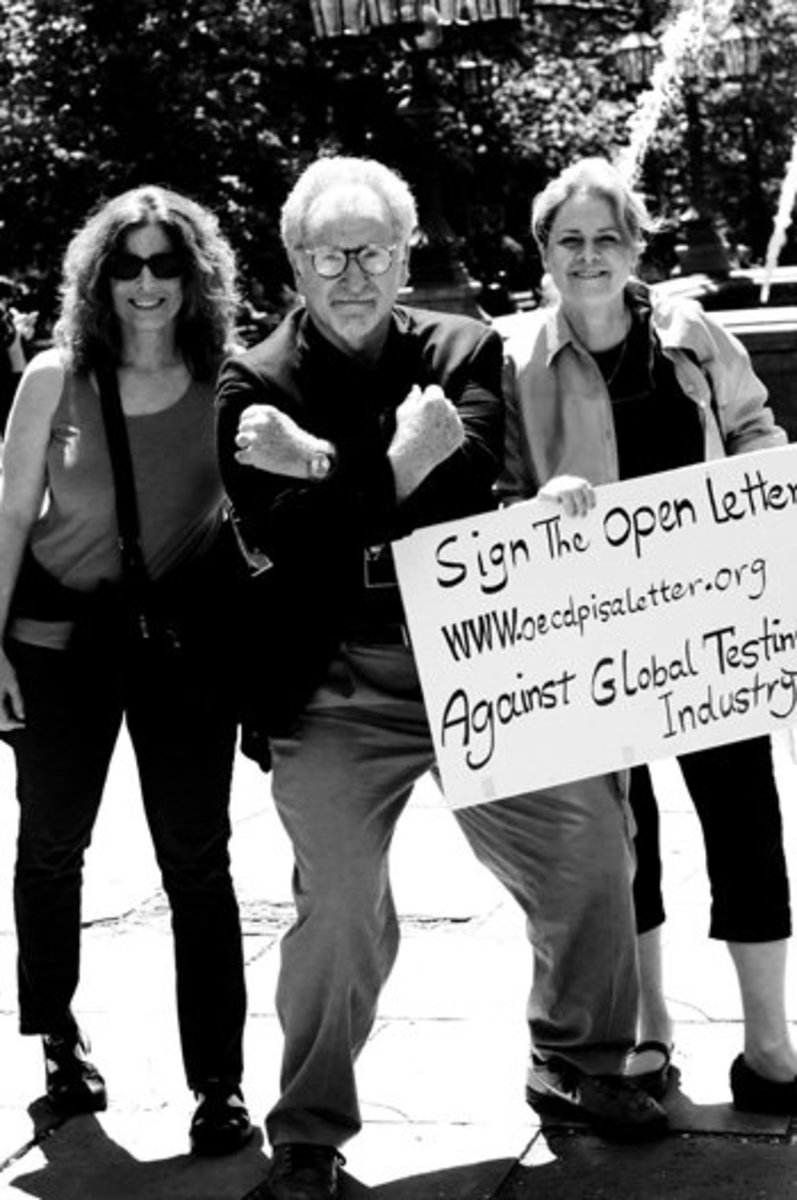Waking Up to Education Activism
By
 My journey into education activism began in the Spring of 2003 when I was asked to start an oral history project documenting the African American presence in Bronx Neighborhoods, which had been neglected by scholars of Bronx History as well as African American History in New York City. The project was embraced by scores of community residents, who wanted to tell stories that defied common stereotypes about Black neighborhoods in the Bronx being places of menace and danger.
My journey into education activism began in the Spring of 2003 when I was asked to start an oral history project documenting the African American presence in Bronx Neighborhoods, which had been neglected by scholars of Bronx History as well as African American History in New York City. The project was embraced by scores of community residents, who wanted to tell stories that defied common stereotypes about Black neighborhoods in the Bronx being places of menace and danger.I found myself conducting as many as three interviews a week during the first two years of the project and before I knew it a portrait was emerging of the Bronx as a place of hope and opportunity for African Americans, West Indians, and Puerto Ricans living in crowded Harlem neighborhoods in the 1930s and 1940s — a place where they could find safer streets, better housing and better educational opportunities for their children.
This was a story that had never been told in print or broadcast media and was completely absent from the few existing books on Bronx history. It was an inspiring and important story of community building, but there was one feature of it that seemed to capture everyone’s imagination, the creation of an incredible live music culture in two multiethnic Bronx neighborhoods, Morrisania and Hunt’s Point, which included jazz, Afro Cuban music, doo wop and rhythm and blues.
The mixture of three cultural traditions – the African American,the West Indian, and the Latin Carribbean – inspired extraordinary musical creativity, present in live form in clubs and theaters, schools and churches, and occasionally in apartments and on street corners. What we came across was truly incredible: Here were two neighborhoods in the Bronx, largely Black and Latino, with a few remaining Jewish and Italian residents, who contributed as much or more to American popular music as any places in the country.
When we started publishing our findings and having articles written about our research in New York’s major newspapers, our work was discovered and seized upon by teachers and administrators in Bronx schools as something that could be incorporated into their curriculum and inspire their students, many of whom had a Education Activism:
